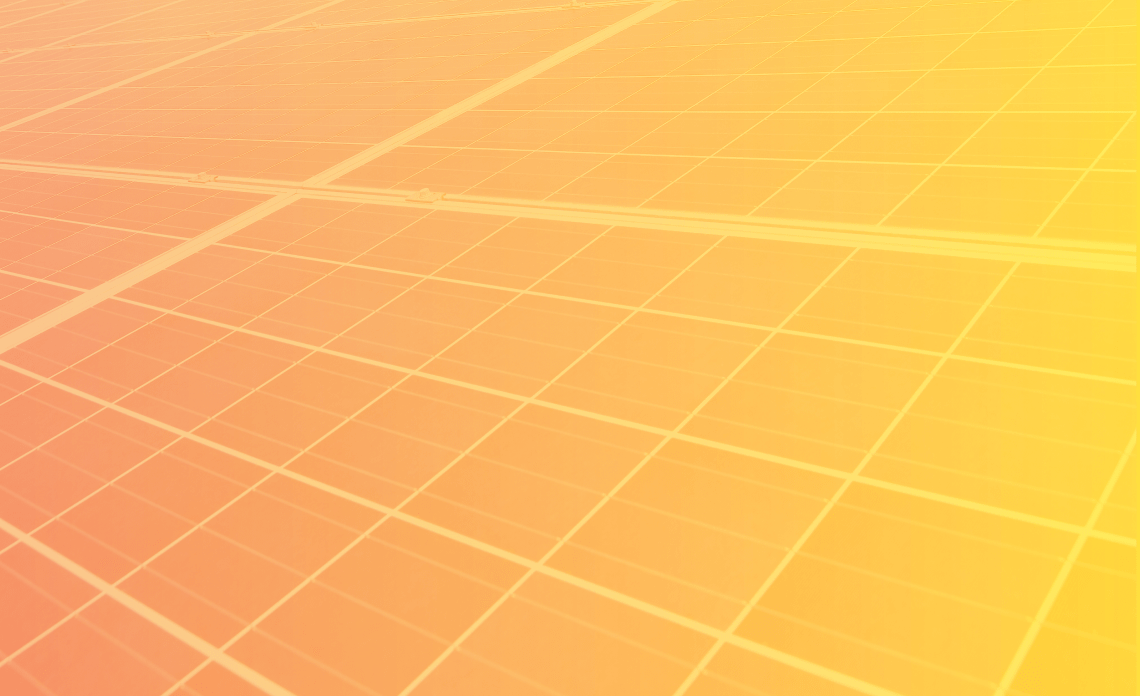There are many reasons that householders choose to install a solar PV and battery system, including maximising their solar energy generated by PV panels during the day, financial savings, environmental benefits, and some may hope to use stored energy during a power outage.
However, householders should be aware that owning a solar PV system with battery storage doesn’t necessarily mean that they will have access to that power during a grid outage.
Standard solar PV systems, with or without a battery, are designed to switch off during a power outage to protect homes from power surges and those potentially working on nearby electricity lines. However, some solar PV and battery systems can continue to provide stored energy to the home, but not back to the grid—when the power is down; if they have a battery designed with backup power.
The battery works as a standalone energy supply, which can be especially important if you live in an area that’s prone to experiencing severe weather conditions.
This system is sometimes called ‘islanding’, as the electricity flow is isolated from the grid and contained within the home’s system, creating a kind of island.
How to know if you need backup power
If you’re considering installing a solar battery, ask yourself how important it is to have a backup power supply for your household. This is something you should also discuss with your solar retailer and installer. Some local retailers and installers specialise in standalone systems.
If you’re unsure, start by asking yourself these questions:
- Is my neighbourhood in an area that is prone to bushfires or storms?
- Are there critical appliances like lights, internet modem, or fridge that I would like to run during an outage?
- Is my neighbourhood prone to blackouts and do they last for an extended period?
- Is there medical equipment at my household that requires power? If so, you should seek specialist advice regarding back up power as typically home battery systems are not appropriate to service the required power load as a primary source.
How to access standalone power
Generally, battery systems that are classified as ‘multimode’, or hybrid, can standalone during a power outage. The ability to provide back-up power in emergencies depends not just on the battery, but also on the inverter and how the whole system is designed. These configurations are undertaken by your installer and may involve additional charges.

Solar battery loans
Solar Victoria is no longer taking applications for interest-free loans for the installation of a solar battery system.
How to know what level of backup power you need
While most multimode batteries provide can provide some standalone back-up power, the amount of power you receive and how long it will last during an outage depends on several factors. These include the size of your solar system, the amount of electricity you use during that time, and the energy consumption of the appliances that you wish to keep running during an outage. The wiring and circuits in your home may need to be adapted to protect appliances. During an outage, some multimode inverters can operate continuously in standalone, and some only provide backup to one or two priority circuits such as your fridge and lights.
VPP batteries vs Standard solar batteries
VPP battery systems are designed for electricity market participation and income generation. Whilst such battery systems may have the functionality to operate during a grid outage, they are not customised for this purpose.
Do your research
Considering these factors, along with your budget, will help you choose whether you need backup power, and what type of system will suit you your household. As with any big purchase, make sure you do your own research and talk to your retailer and installer about these options to ensure that you get the system that you need.
Updated




